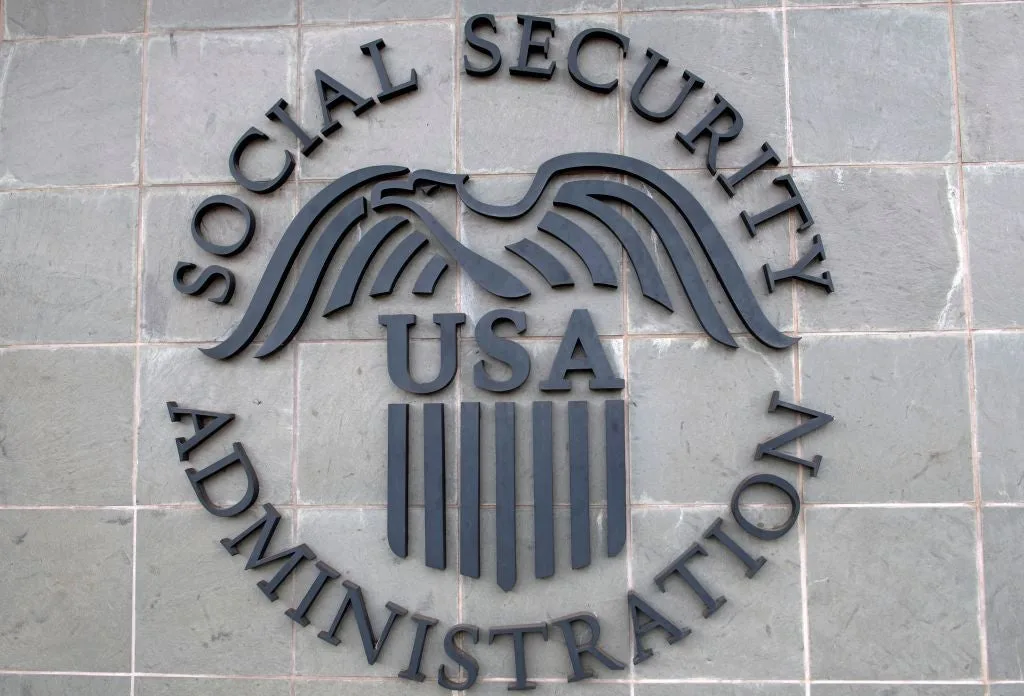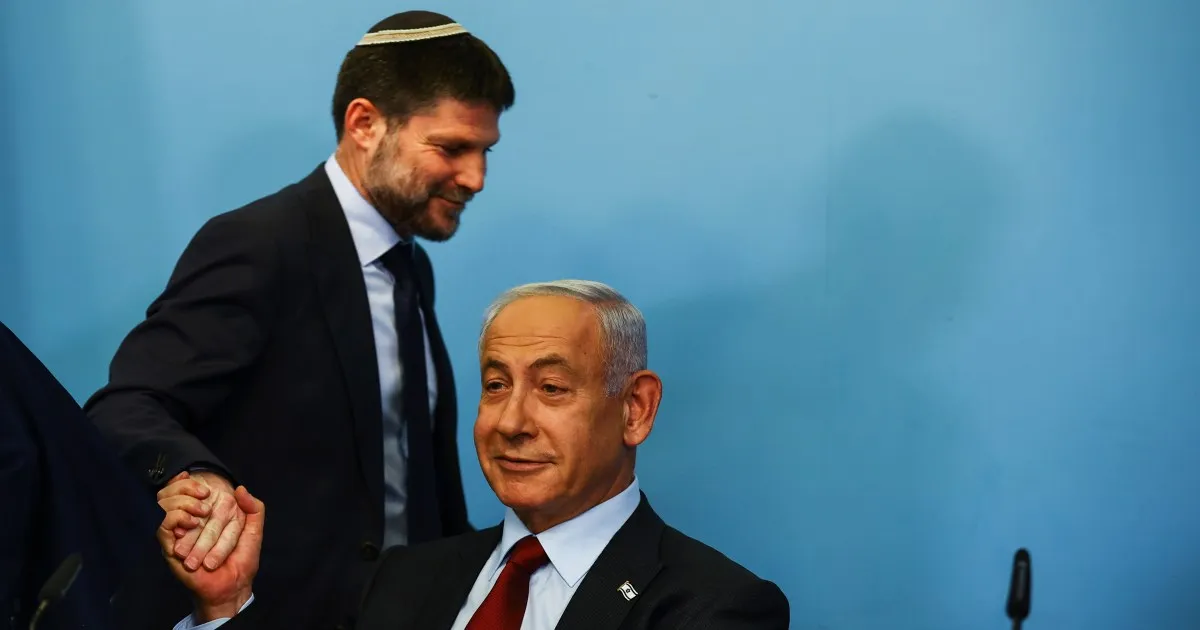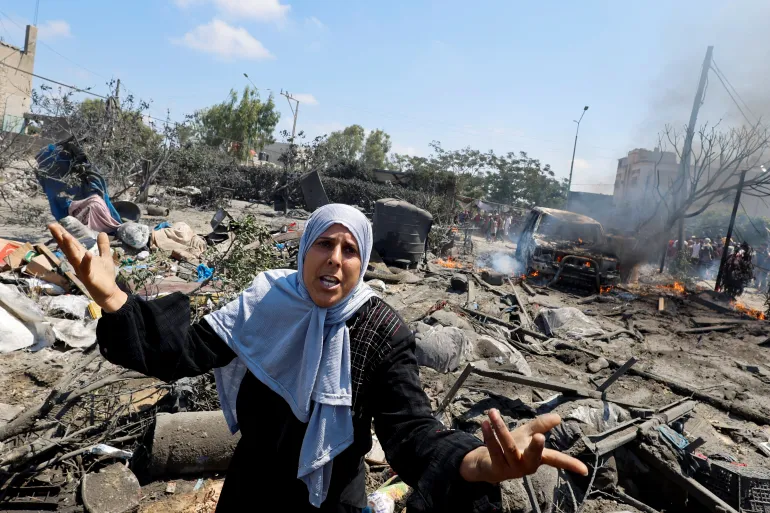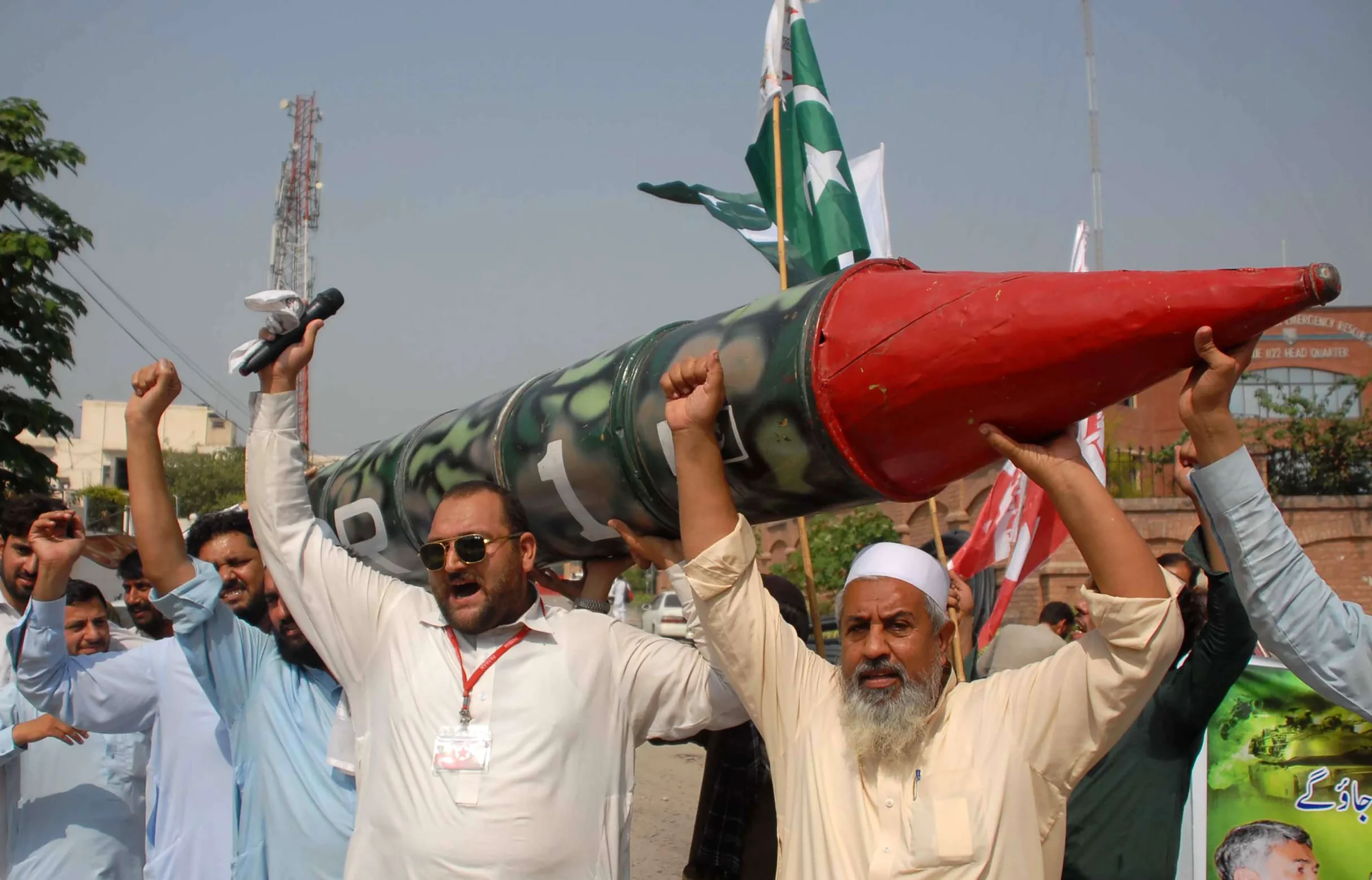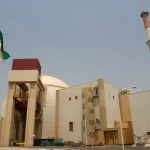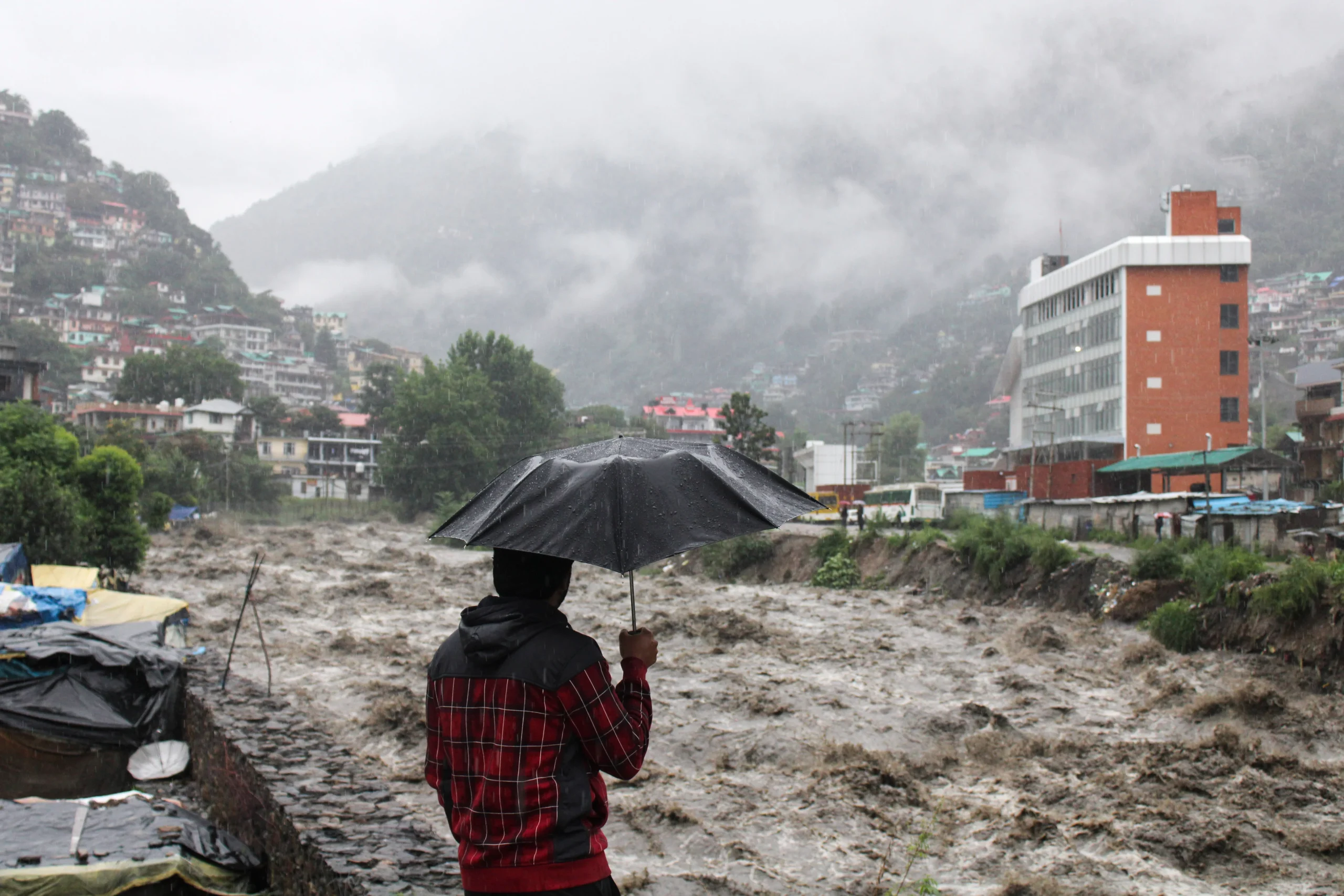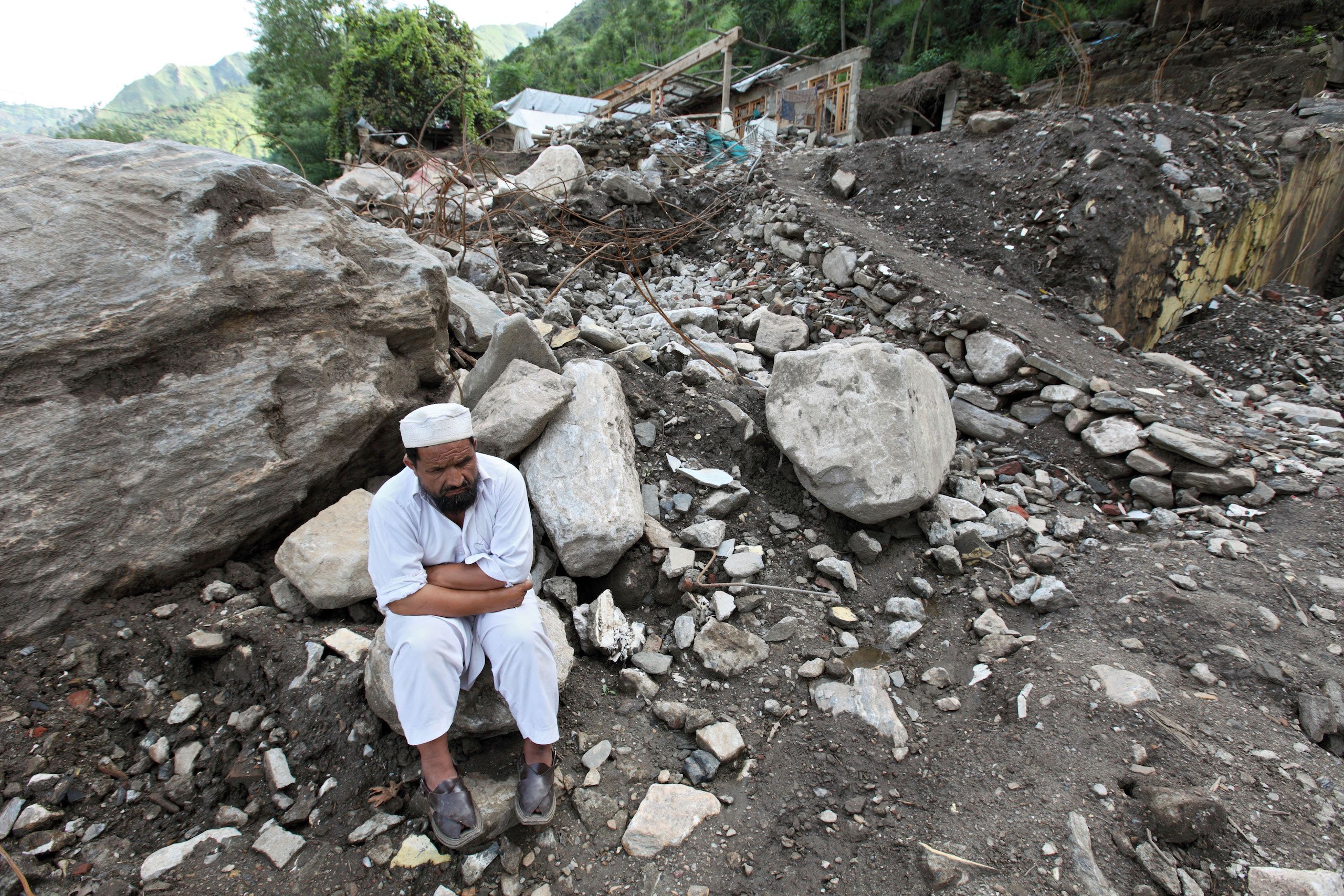The South Asian region is witnessing a significant escalation in missile development and strategic posturing, as India and Pakistan intensify their arms race. However, this rivalry is no longer confined to the two nations. China, a longstanding ally of Pakistan, is increasingly influencing the dynamics, adding complexity to an already volatile situation. This article delves into the evolving missile rivalry between India and Pakistan, examining China’s role and its implications for regional and global security.
- The Genesis of the Rivalry
- India’s Missile Development
- Pakistan’s Response
- China’s Strategic Interests
- Military Assistance to Pakistan
- Strategic Objectives
- The Escalation: May 2025 Conflict
- China’s Role in the Conflict
- Implications for Regional Security
- The Path Forward: Diplomacy and Confidence-Building
- FAQs
- How has China’s support influenced Pakistan’s missile capabilities?
- What role did China play in the May 2025 India-Pakistan conflict?
- What are the implications of MIRV technology in the region?
- How can regional stability be achieved amid the missile rivalry?
- What is China’s broader strategic objective in supporting Pakistan?
- Conclusion:
The Genesis of the Rivalry
India and Pakistan have a history of military confrontations, with the Kashmir dispute serving as a perennial flashpoint. Both nations possess nuclear arsenals, and their missile capabilities have been central to their deterrence strategies. The 1998 nuclear tests by both countries marked a significant milestone, leading to an arms race that has continued into the present day.
India’s Missile Development
India’s missile program is spearheaded by the Defence Research and Development Organisation (DRDO). The Agni series of missiles, ranging from short to intercontinental ballistic missiles (ICBMs), form the backbone of India’s strategic deterrent. The Agni-V, an ICBM with a range exceeding 5,000 kilometers, is capable of reaching deep into Chinese territory, reflecting India’s strategic focus on countering potential threats from its northern neighbor.
Pakistan’s Response
In response to India’s missile advancements, Pakistan has developed its own missile systems, notably the Shaheen and Ghauri series. These medium to intermediate-range ballistic missiles are designed to counter India’s strategic assets. The development of the Ababeel missile, capable of carrying multiple independently targetable reentry vehicles (MIRVs), further underscores Pakistan’s commitment to maintaining credible deterrence.
China’s Strategic Interests
China’s involvement in the India-Pakistan missile rivalry is multifaceted. As Pakistan’s primary arms supplier, China has provided a range of missile technologies and systems. This support is not merely transactional; it aligns with China’s broader strategic objectives in South Asia.
Military Assistance to Pakistan
China has been a consistent supplier of advanced military technology to Pakistan. The Chengdu J-10B fighter jets, for instance, have been integrated into Pakistan’s air force, enhancing its capabilities vis-à-vis India. Additionally, China has assisted in the development of Pakistan’s missile systems, contributing to the enhancement of its strategic deterrent.
Strategic Objectives
China’s support for Pakistan serves several strategic purposes. Firstly, it counters India’s growing influence in the region. Secondly, it ensures a stable ally in South Asia, which can serve as a counterbalance to India’s regional aspirations. Lastly, it provides China with a foothold in the Indian Ocean region, facilitating its Belt and Road Initiative (BRI) and securing maritime trade routes.
The Escalation: May 2025 Conflict
The May 2025 conflict between India and Pakistan marked a significant escalation in the missile rivalry. Triggered by a terrorist attack in Indian-administered Kashmir, both nations engaged in a series of military exchanges, including missile strikes. While the conflict was short-lived, it highlighted the precarious nature of the deterrence stability in the region.
China’s Role in the Conflict
During the conflict, China maintained a delicate balancing act. While publicly calling for restraint, China continued its military support to Pakistan. Reports indicated that Chinese-made J-10C jets were used by Pakistan during the conflict, showcasing the integration of Chinese technology into Pakistan’s military operations.
Furthermore, China’s extensive satellite network and intelligence capabilities provided Pakistan with real-time data, enhancing its operational effectiveness. This support, though indirect, played a role in the dynamics of the conflict.
Implications for Regional Security
The intensifying missile rivalry between India and Pakistan, with China’s involvement, has significant implications for regional security.
Nuclear Deterrence Stability
The introduction of MIRV-capable missiles by both India and Pakistan raises concerns about the stability of nuclear deterrence. MIRVs increase the number of warheads that can be delivered by a single missile, complicating defense strategies and potentially lowering the threshold for nuclear conflict.
Arms Race Dynamics
The ongoing missile developments have led to an arms race, with each nation striving to outpace the others in missile technology. This competition diverts resources from other critical areas, such as economic development and social welfare, and increases the risk of miscalculation leading to conflict.
Global Security Concerns
The South Asian missile rivalry has global ramifications. The potential for conflict between two nuclear-armed nations poses a threat to international peace and stability. Moreover, China’s role in the rivalry adds a layer of complexity, as it intertwines regional security dynamics with broader geopolitical considerations.
China’s Strategic Calculus
China’s involvement in the India-Pakistan missile rivalry is driven by strategic considerations.
Countering India’s Influence
By supporting Pakistan, China counters India’s growing influence in the region. This support ensures that Pakistan remains a stable ally, preventing India from achieving regional hegemony.
Securing Strategic Interests
China’s assistance to Pakistan also serves its strategic interests, particularly in securing maritime trade routes and advancing its Belt and Road Initiative. A stable Pakistan provides China with access to the Arabian Sea and facilitates connectivity with the Middle East and Africa.
Balancing Regional Power
China’s support for Pakistan helps maintain a balance of power in South Asia. By strengthening Pakistan’s military capabilities, China ensures that India does not dominate the region, thereby preserving a multipolar balance.
The Path Forward: Diplomacy and Confidence-Building
While the missile rivalry presents significant challenges, avenues for de-escalation exist.
Confidence-Building Measures
Establishing hotlines between military commanders, conducting joint exercises, and sharing early warning information can help build trust and reduce the risk of accidental conflict.
Diplomatic Engagement
Engaging in dialogue through multilateral forums, such as the Shanghai Cooperation Organization (SCO), can provide platforms for addressing security concerns and fostering cooperation.
Arms Control Agreements
Negotiating arms control agreements, including limitations on missile deployments and transparency measures, can contribute to stabilizing the security environment.
FAQs
How has China’s support influenced Pakistan’s missile capabilities?
China’s support has provided Pakistan with advanced missile technologies, including MIRV-capable systems, enhancing its strategic deterrent against India.
What role did China play in the May 2025 India-Pakistan conflict?
China maintained a balancing act, publicly calling for restraint while continuing its military support to Pakistan, including the provision of advanced weaponry and intelligence.
What are the implications of MIRV technology in the region?
MIRV technology increases the number of warheads that can be delivered by a single missile, complicating defense strategies and potentially lowering the threshold for nuclear conflict.
How can regional stability be achieved amid the missile rivalry?
Through confidence-building measures, diplomatic engagement, and arms control agreements, regional stability can be pursued to prevent escalation.
What is China’s broader strategic objective in supporting Pakistan?
China aims to counter India’s influence, secure strategic interests, and maintain a balance of power in South Asia through its support for Pakistan.
Conclusion:
The India-Pakistan missile rivalry, influenced by China’s strategic interests, presents a complex security challenge. While nuclear deterrence has thus far prevented full-scale conflict, the evolving dynamics require careful management. Through diplomatic engagement, confidence-building measures, and arms control agreements, there is potential to stabilize the situation and avert escalation. However, the path forward necessitates the commitment of all parties to peace and stability in the region.


